Optimal Timing for Foundation Repairs
Foundation repairs are most effective when performed under optimal weather conditions and during periods of minimal soil movement. Timing can significantly influence the longevity and success of repair projects, ensuring stability and durability.
Spring offers moderate temperatures and stable soil conditions, making it an ideal time for foundation repairs. The soil is moist but not overly saturated, allowing for effective stabilization.
This period typically features dry weather, reducing delays caused by rain. Soil tends to be less prone to shifting, providing a stable environment for repairs.
Cold temperatures and potential frost can hinder repair processes. Soil movement due to freeze-thaw cycles can compromise repair stability, making winter less suitable.
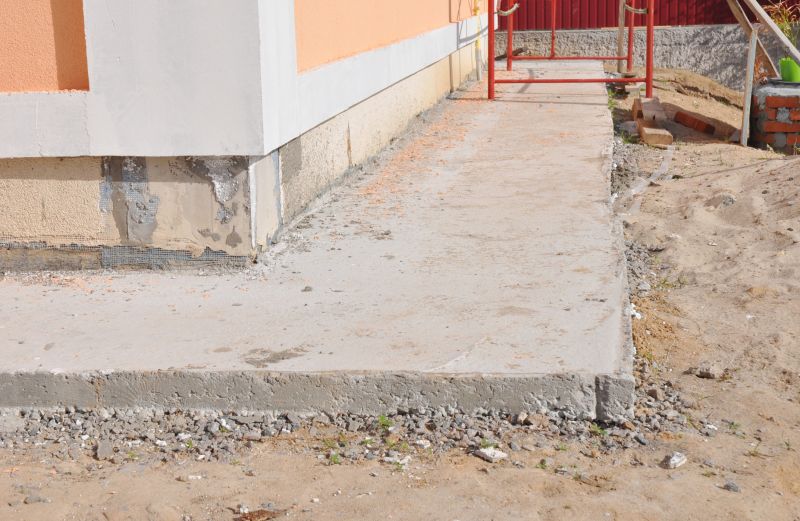
Springtime repairs benefit from optimal soil conditions and moderate weather.
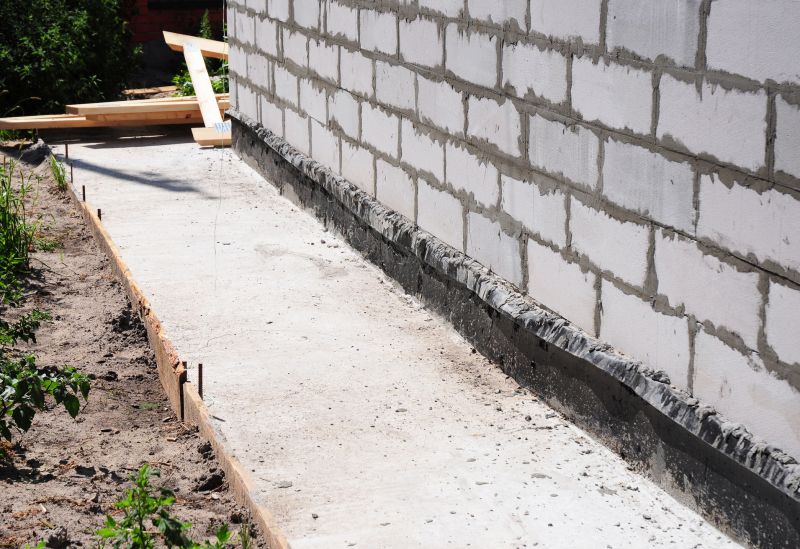
Dry summer months provide stable conditions for foundation stabilization.

Early fall offers cooler temperatures and less soil movement.
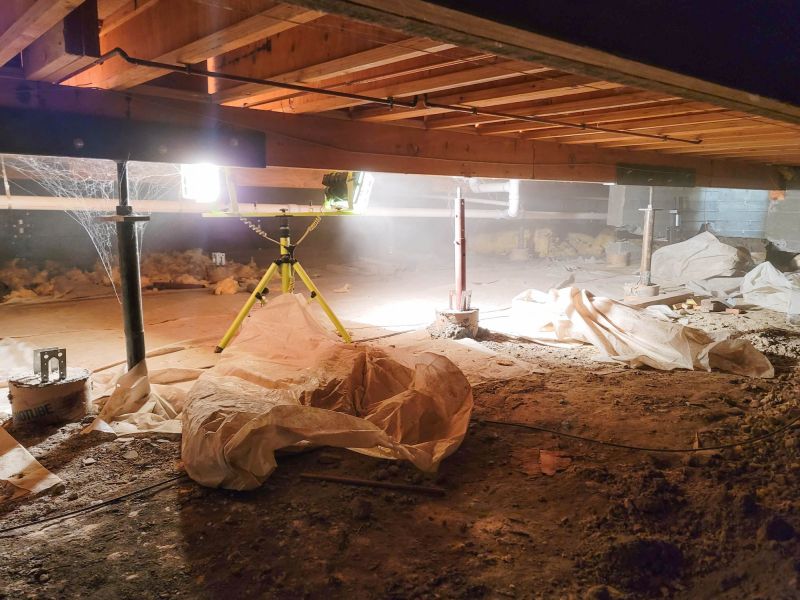
Ways to make Foundation Repairs work in tight or awkward layouts.
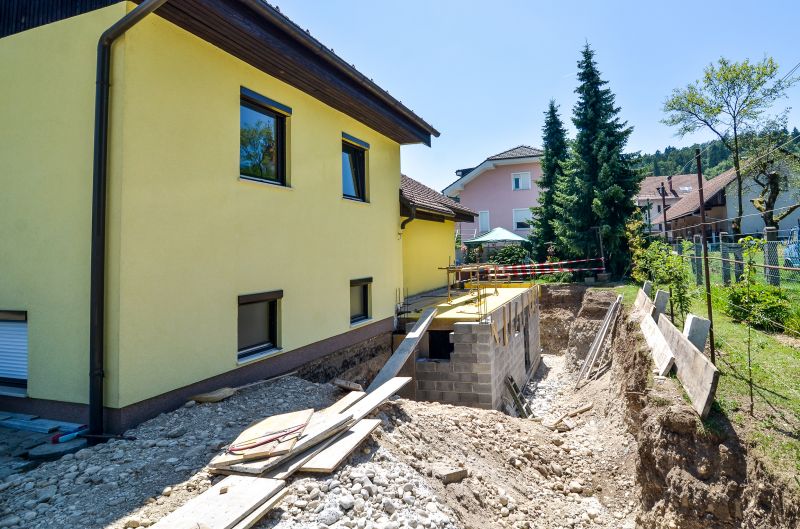
Popular materials for Foundation Repairs and why they hold up over time.
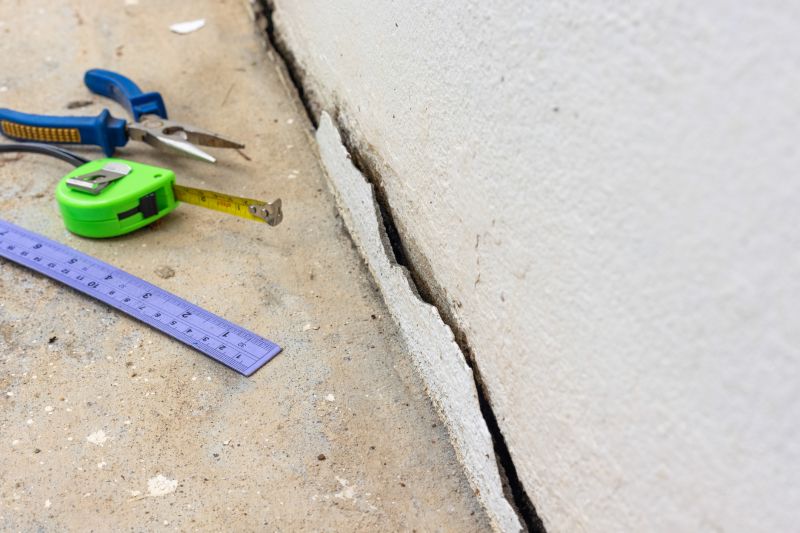
Simple add-ons that improve Foundation Repairs without blowing the budget.
| Season | Ideal Conditions |
|---|---|
| Spring | Moderate temperatures, moist soil, minimal soil movement |
| Summer | Dry weather, stable soil, less rain delays |
| Fall | Cooler temperatures, reduced soil shifting |
| Winter | Cold temperatures, frost risk, soil movement |
Foundation repairs address structural issues caused by soil settling, shifting, or erosion. Proper timing ensures repairs are more durable and less prone to future movement. Soil conditions, weather patterns, and temperature fluctuations all influence the effectiveness of repair methods.
Statistics indicate that foundation issues affect approximately 25% of homes in regions with clay soil, which is common in Florida. Timely repairs can prevent further damage, reduce costs, and maintain property value. Delaying repairs during unfavorable seasons can lead to increased risks of cracks, uneven settling, and structural instability.

Visible cracks indicate underlying soil movement and potential structural issues.
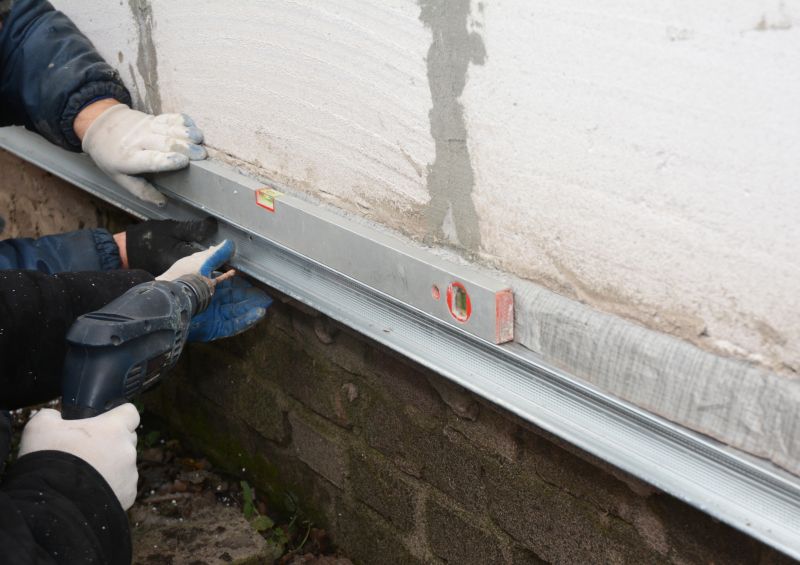
Excavation and stabilization techniques restore structural integrity.
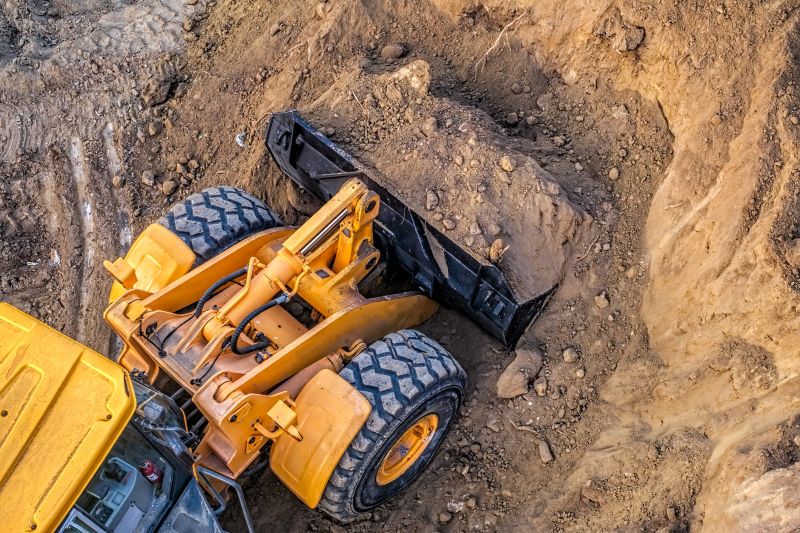
Specialized tools used to improve soil conditions before repairs.

Restored foundation with new supports and stabilization measures.
Interested property owners are encouraged to contact for further information on foundation repair options. Proper timing and professional assessment can ensure long-lasting results and structural safety.

